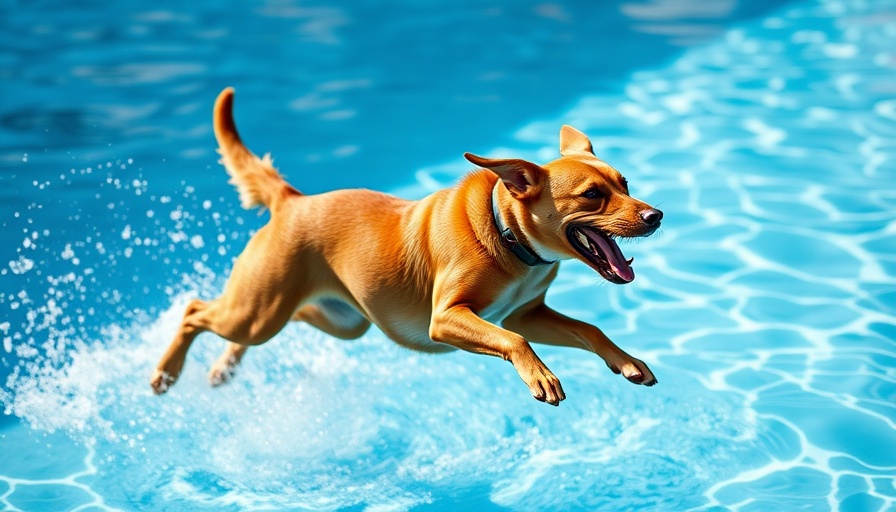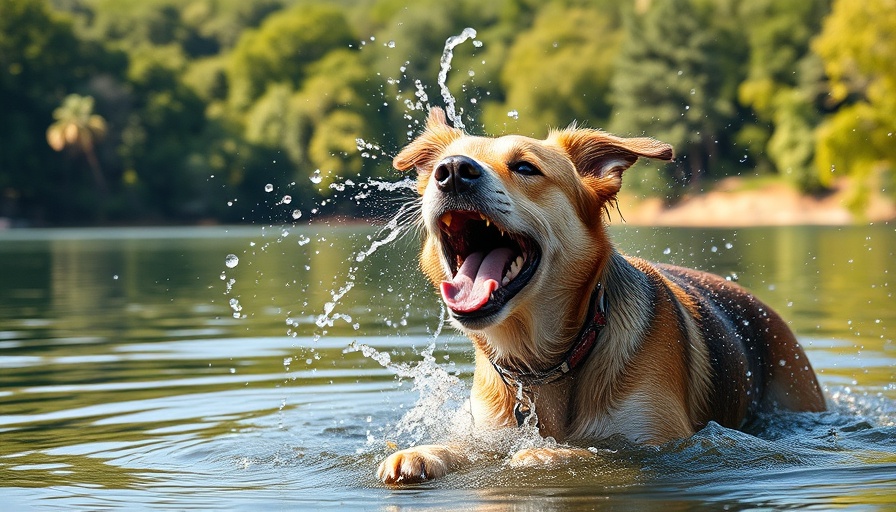
Why Your Dog Must Learn to Swim
Swimming is not just a fun activity; it’s also a life-saving skill for our furry friends. Each year, an estimated 10,000 dogs drown in the U.S., often when they accidentally fall into pools. As pet owners, it's our responsibility to ensure the safety of our pets by teaching them how to swim. Not only does swimming keep dogs safe, but it also serves as a fantastic low-impact exercise, particularly beneficial for dogs with joint issues or those who are overweight. The buoyancy of water reduces the strain on their bodies while allowing them to engage in healthy physical activity.
Assessing Your Dog’s Inclination for Water
Before you start the process of teaching your dog to swim, it’s important to understand their natural inclination towards water. Some breeds, known for their affinity for swimming, like retrievers, might take to the water with enthusiasm. Others, particularly short-necked breeds like Bulldogs, may struggle due to their physical structure. Observe how your dog reacts to water; if they are hesitant, don’t force them in. Using toys and treats can help create positive associations with water, making the learning process enjoyable for both of you.
Teaching Techniques: Swimming Safely
When teaching your dog to swim, safety should always come first. Begin in a shallow area where they can feel secure and gradually increase the depth as they gain confidence. Always keep a firm grip on their harness or collar, especially if they seem uncertain. Alternatively, investing in a dog life jacket is an excellent safety measure, ensuring that your dog stays afloat until they master the strokes. Positive reinforcement—praises and treats—can help encourage your pup and foster a supportive learning environment.
Pool Safety: More than Just Supervision
Creating a safe swimming environment is essential. According to a study featured on PetMD, not only is it crucial to supervise your dog while they swim, but also to install a pool fence to prevent any unsupervised access. Training your dog to use pool steps and ramps can also make a big difference. After swimming, always rinse your dog off to remove chlorine or salt, which can irritate their skin.
Understanding Water Safety Hazards
Water can be a dangerous playground for our pets if we don't know the hazards. Algae blooms, strong currents, and the presence of harmful marine life can pose threats. Keep your dog away from stagnant water to prevent illnesses caused by bacteria. Always provide fresh water for your dog, as they can easily get dehydrated after swimming, especially in the sun.
Learn from the Professionals
For those unsure about the process, consider consulting a professional dog trainer experienced in water activities. A trainer can tailor a program for your dog’s individual needs and abilities. This might also include introducing your dog to swimming in a controlled environment where they can learn at their own pace.
A Lasting Bond Through Swimming
Teaching your dog how to swim is not merely about safety; it's an opportunity to strengthen your bond with them. Each swimming session can turn into a delightful adventure, enhancing your relationship through play and shared experiences. Just as mentioned by Jamie Frevele in her article on PetMD, swimming builds trust and comfort, essential elements for a happily integrated life together.
Always remember, every dog is different. Enjoy the journey of teaching your pup to swim, and make adjustments based on their comfort and reaction. With patience and practice, you'll be spending more sunny days diving into the waves together!
 Add Row
Add Row  Add
Add 


 Add Row
Add Row  Add
Add 

Write A Comment